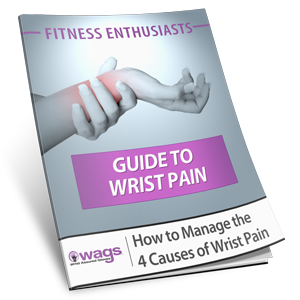In their newly released book “Pilates for Breast Cancer Survivors” the authors provide a practical well thought out approach to restore strength, flexibility, and quality of life. Both authors, Naomi Aaronson and Ann Marie Turo are Occupational Therapists and Certified Pilates Instructors. In addition Ann Marie is a breast cancer survivor, a yoga and tai chi instructor and Reiki Master. Naomi is also a Certified Cancer Exercise Trainer and Certified Hand Therapist.
Why Pilates for Breast Cancer?
According to the authors one of Joseph Pilates first protégés was Eve Gentry who was rehabilitated after a radical mastectomy and remarkably regained full use of her arm and torso. Always ahead of his time, research is now documenting how beneficial Pilates is for breast cancer recovery.
What are the benefits of Pilates?
As highlighted in their book, the benefits Pilates can offer are many. Here are 7 of them.
1. Pilates is able to meet you where you are and can be done in many different positions –on the back, stomach, side, seated or standing. All exercises can be modified for any level, even those with minimal strength.
2. The Pilates principles help you focus only on the present moment to move properly, with control and without using momentum. In turn improving muscle proprioception and kinesthesia which is often lost after surgery.
3. The Pilates breathing patterns help to ease tension, foster lymphatic drainage and stretch tight scar tissue.
4. Since Pilates is a whole body exercise it helps increase muscle strength in the affected arms, as well as the mid-back and shoulders, where it’s needed after surgery.
5. The building of core strength enables easier movement transitions such as rolling over or sitting up and increases independence in daily activities.
6. Pilates strengthens the transverse abdominis muscle which is very important for back stability and strength after a TRAM or DIEP flap breast reconstruction procedure.
7. Pilates takes the focus off what you can’t do and reinforces what you can do helping to develop an appreciation of the available movement, even if limited, and the body’s capacity to heal.
The 4 different Pilates Programs
All programs include warm-up stretches and exercises to improve range of motion, strength and endurance.
1. Chair Pilates – For those that cannot get down on the mat yet or are unsteady on their feet.
2. Mat Pilates – Lying down on the mat helps with relaxation and feeling your muscles against the mat or floor.
3. Standing Pilates – More challenging exercises to increase weight bearing and improve balance.
4. TRAM or DIEP Flap Program – A progressive program for those who have had reconstruction surgery using the abdominals.
As an occupational therapist, I appreciated the Wellness chapter that offers practical tips on sleep positioning, hygiene, dressing, household tasks and dealing with fatigue.This well thought out book, with clear concise directions and easy to follow photos also includes an ‘Advisories’ section with guidelines for adapting to specific conditions such as Anemia, Lymphedema, Osteoporosis and more. Pilates for Breast Cancer Survivors is an invaluable resource not only for those recovering from breast cancer, but for health care professionals and Pilates Instructors. If you experience wrist pain during Pilates be sure to order our WAGs Pilates Gloves to help alleviate your pain. Check out our workout gloves with wrist support.
To learn more visit: http://www.amazon.com/Pilates-Breast-Cancer-Survivors-Recovery/dp/1936303574




